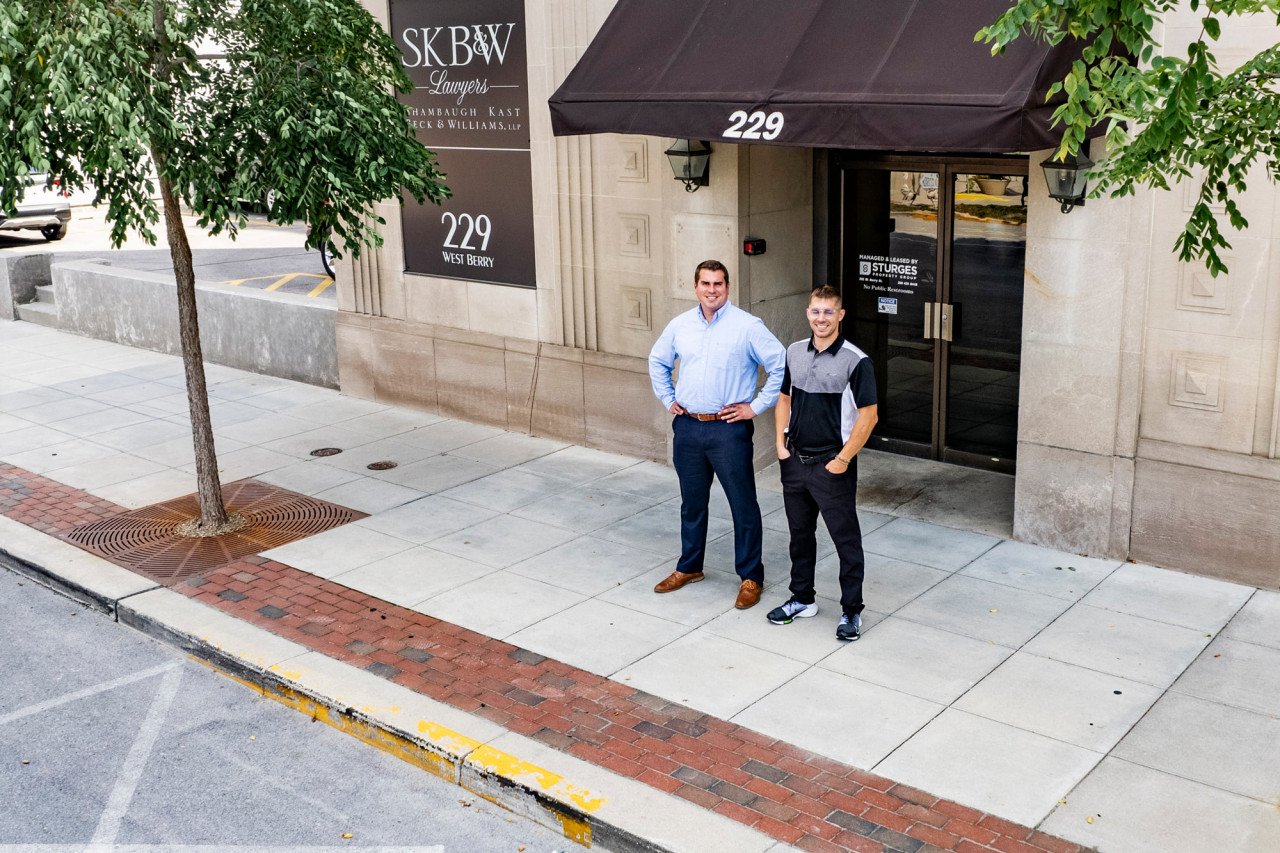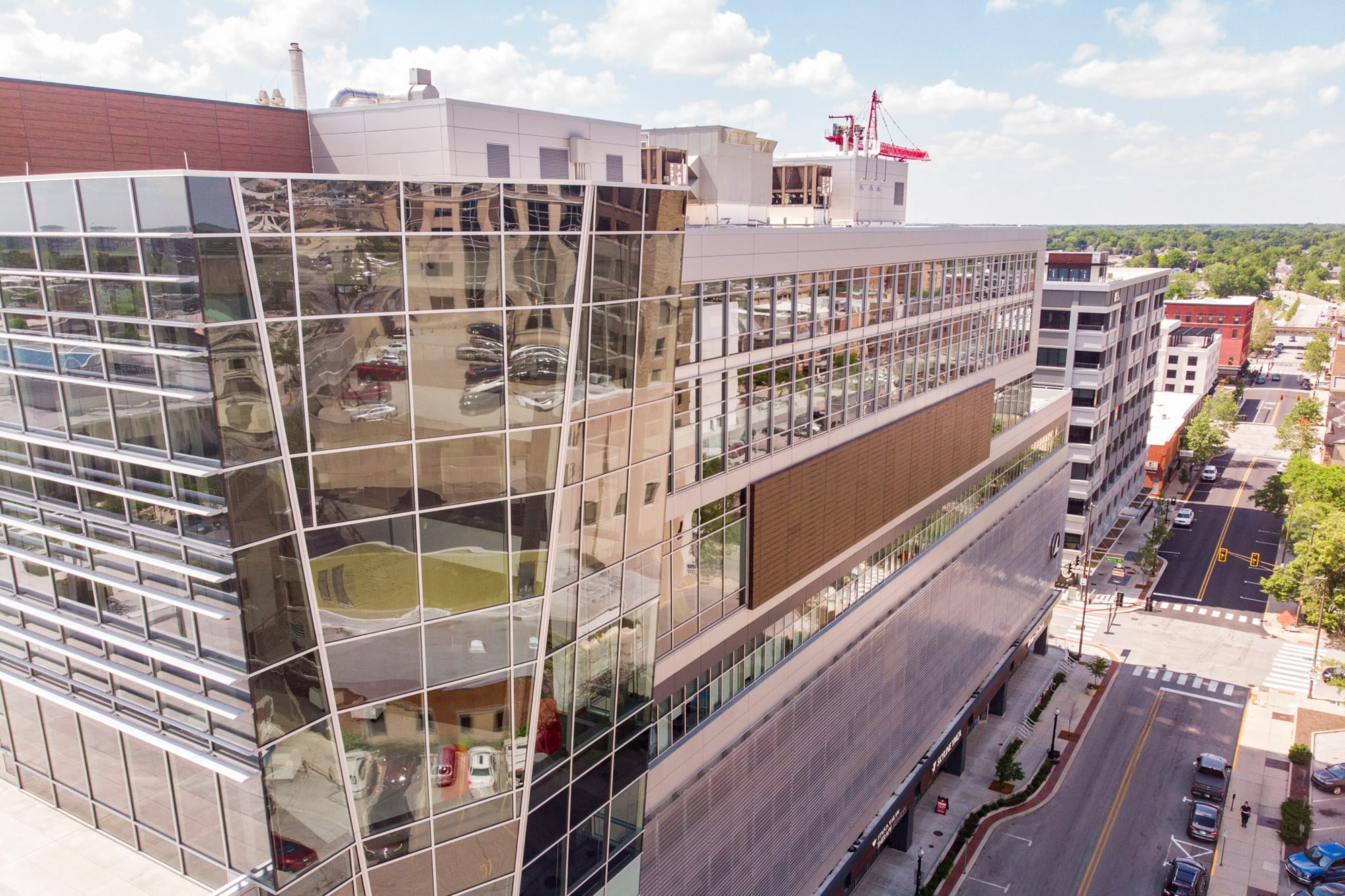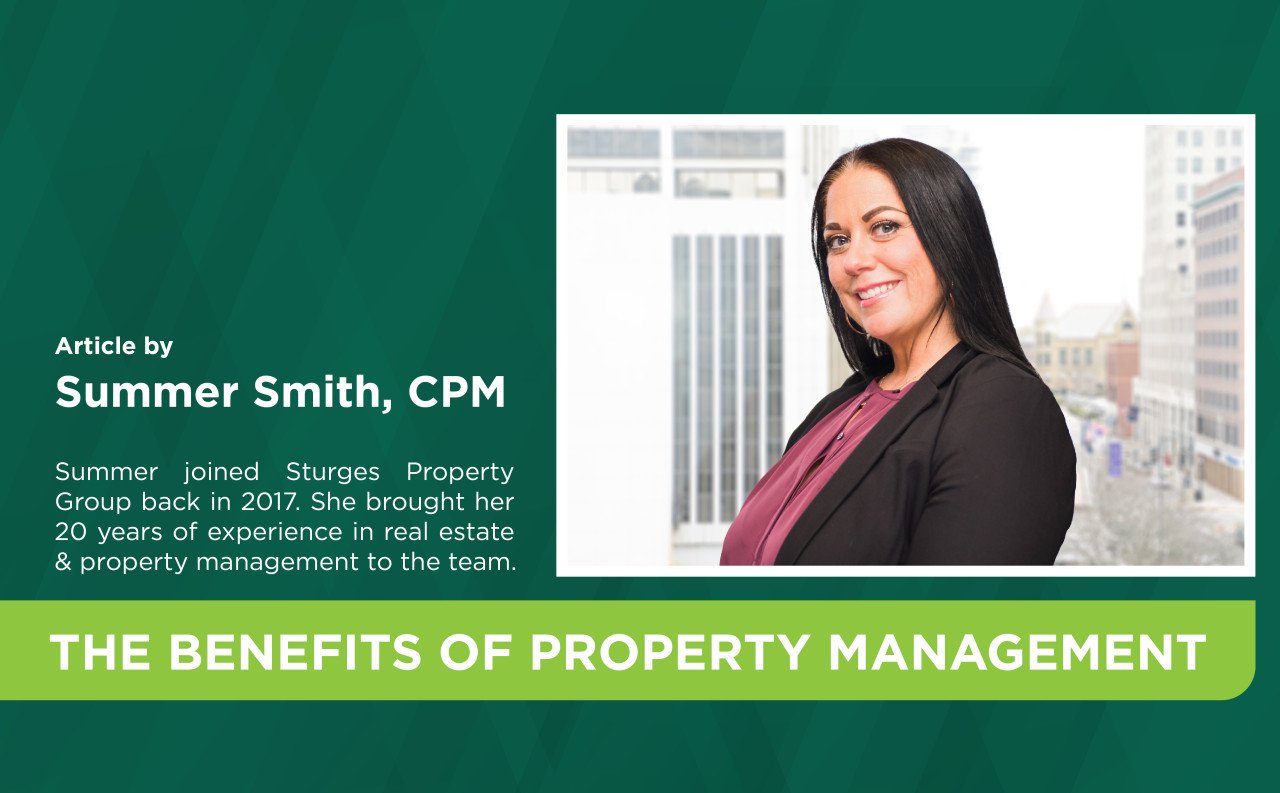How Brokerage & Property Management Work Together For Your Benefit

The leasing process for your commercial property needs to be as hassle-free as possible for you as a building owner, especially during the phases of acquiring a new lease or renewing a lease that will expire soon.
Working with a company that provides both leasing and property management allows for a more seamless service during the property marketing phase, initial lease negotiations, management during the lease, and lease renewal. At all of these points in your tenants’ leases, brokerage and property management can come together to provide the best services for you as a property owner as well as your clients.
Here is an explanation of the life cycle of a commercial lease and how property management and brokerage are both involved in every step of the process.
![]()
1. Property Marketing
After property management has worked with a previous tenant through the moveout process, you are going to need to begin the process to fill the unoccupied space as soon as possible. A team of brokers can help you market the empty space, with some help from property management. The brokerage team begins with a marketing plan, which includes designing a property listing on various websites and social media, as well as implementing a cold call plan for prospects who might be able to fill that empty space if they are expanding or relocating.
Property management’s CAD operator assists in creating or drafting site and floor plans for developing accurate marketing materials, while brokerage confirms market conditions concerning rental rates. The brokerage team also determines the market value of the space by reviewing recent comps based on the type of building, the type of lease, and the location of the building, while property management verifies operating expenses.
While marketing for the empty space in your building, brokerage and property management again work together to create the most accurate listing possible. One of the most important aspects of creating an accurate listing is finding the exact square footage of the space because the rent price is typically based on the number of square feet. Along with square footage, the status, condition, and location of the site are also considered. This includes checking layouts, updating floor plans if needed, taking updated photographs, checking equipment like lighting and HVAC systems, and checking the card access system if the building has one.
After the marketing plan has been set in motion and potential tenants have been found, it is now time for brokerage to prepare for a showing of the space. Before brokers show the space to potential tenants, property management may facilitate white boxing, which creates a completely blank slate of the space. White boxing is mainly used for retail spaces. Property management also makes sure that the site is clean and orderly, which includes landscaping, so both the interior and exterior are ready for brokers to show.
A good broker will send you market activity reports throughout the entire listing phase, which describes who is looking at and is interested in your site, as well as what the potential tenant’s business entails. Brokers also monitor the market conditions and take note of changes throughout the listing phases. A competent brokerage firm will utilize all the major and modern commercial real estate listing services to advertise spaces. In short, property management and brokerage work together to market space, create an accurate listing and prepare for a showing through constant and consistent communication.
2. Addition of a New Tenant
 After providing showings of spaces to potential tenants, brokerage and property management work together to draft a lease agreement for a new tenant. During the lease negotiation process, the brokerage team works closely with the tenant and owner to go through every clause thoroughly, and the property management team explains how each clause actually plays out during the lease’s lifespan. Property management also helps make sure that the lease agreement for the new tenant is consistent with the other tenants’ lease agreements.
After providing showings of spaces to potential tenants, brokerage and property management work together to draft a lease agreement for a new tenant. During the lease negotiation process, the brokerage team works closely with the tenant and owner to go through every clause thoroughly, and the property management team explains how each clause actually plays out during the lease’s lifespan. Property management also helps make sure that the lease agreement for the new tenant is consistent with the other tenants’ lease agreements.
It is very important to go over lease terms so a new tenant can fully understand what they can and cannot do in their space, especially in terms of buildout. For buildout, a landlord may grant a tenant improvement allowance based on the new tenant’s needs and lease term. The brokerage team acts as a mediator to help negotiate those allowances, while the property management team helps during the buildout stage by contacting contractors and determining what can realistically be done in the space with the given allowances.
Overall, the addition of a new tenant in a multi-tenant building can be a busy and stressful event, but a full-service company that utilizes both brokerage and property management will make the move-in and build-out processes significantly easier.
3. Ongoing Lease
Now that the empty space in your multi-tenant building is filled with a new tenant and the buildout has been completed, the lease can run its course. At this point, brokerage steps to the side, and property management takes the reins. However, brokerage is never kept out of the loop completely, and the two departments still collaborate to make sure the tenant has the best experience possible within their leasing period.
Property management constantly communicates with the brokerage team on any problems that they or the tenant come across so that in the event of a lease renewal, the process will still go smoothly. Property management keeps track of the day-to-day happenings on the site, such as maintenance. They also take note of accounting and financials.
Another important aspect of daily property management is reporting to brokerage anything noteworthy and reminding brokers of a lease renewal deadline if it is approaching. When that deadline is coming up soon, it is about time for the lease cycle to begin again.
4. Lease Expiration or Renewal
If a tenant’s lease is about to expire, they will either renew their lease or relocate. When you use property management and brokerage from the same company, it improves the likelihood that the tenant will stay in the space due to building close relationships with property managers that are passed on to brokers.
If the tenant does decide to renew their lease, the brokerage team comes in to discuss with the tenant what their renewal options are. If the tenant decides to leave, property management can potentially let brokers know this so they can begin planning for off-market prospecting to shorten the time spent with an empty space and get it filled quickly.
The opportunity to quickly market an upcoming vacancy due to either a terminated lease or move-out is possible when a strong synergy exists between property management and brokerage teams.
A full-service company that offers both brokerage and property management has its benefits, as collaboration and communication between teams can strengthen relationships and encourage tenant retention. Property management and brokerage work together during every stage of a lease, from the beginning marketing phases to the lease renewal process.





